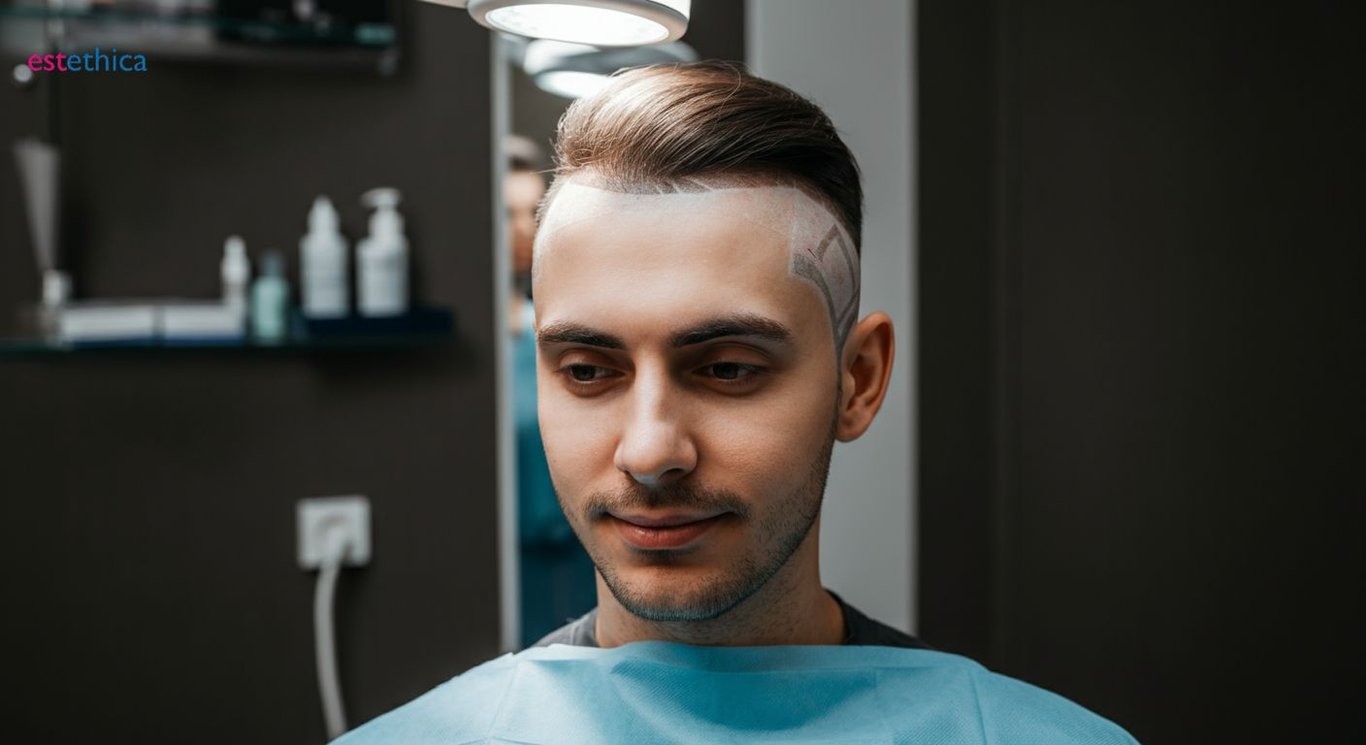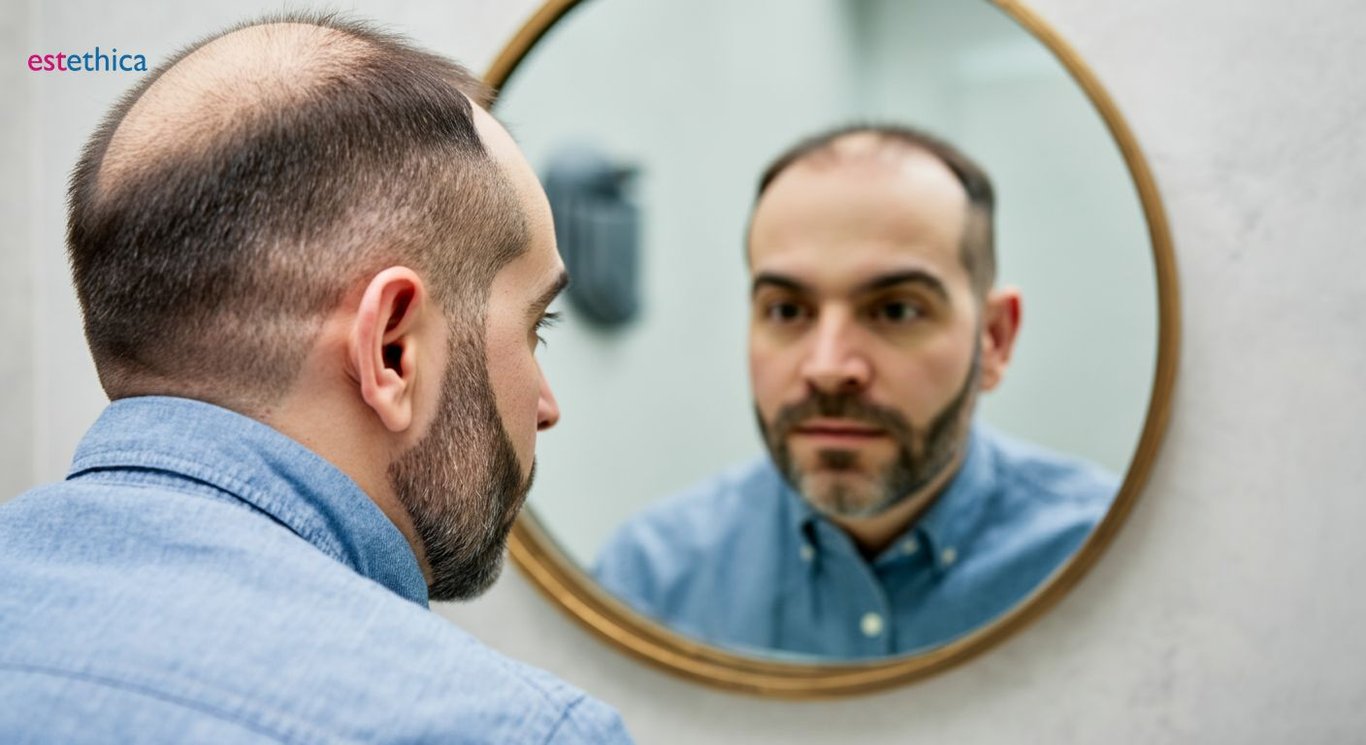Transform Your Look: The Science of Hair Transplant
Explore the intricate science and art behind hair transplantation, revealing secrets to achieve your desired look with lasting results.
In the world of aesthetic enhancement, hair transplant procedures stand as a pinnacle of scientific advancement seamlessly blending with cosmetic artistry. As individuals seek solutions for hair thinning and loss, understanding the technologies and methods behind hair transplantation becomes essential. This comprehensive guide delves into the ins and outs of hair restoration, offering invaluable insights into the process, expectations, and aftercare essential for achieving the optimal results you desire.
Understanding Hair Transplantation: What You Need to Know
Exploring the Precision of Follicular Unit Extraction (FUE)
Follicular Unit Extraction (FUE) is a highly regarded hair transplant technique known for its precision and minimal recovery time. Unlike traditional methods, FUE involves extracting individual hair follicles from the donor area and implanting them into the balding regions. This meticulous process ensures a natural hairline transplant, making it a preferred choice for many seeking hair restoration.
Key Benefits of FUE
- Minimal scarring due to the extraction of individual follicles.
- Shorter recovery period compared to other hair transplant surgery methods.
- Natural-looking results with precise hairline design.
FUE's precision allows for a seamless integration of transplanted hair with existing hair, enhancing the overall aesthetic appeal. This technique is particularly beneficial for those concerned about visible scarring, as it leaves minimal traces on the scalp.
Steps in the FUE Process
- Extraction: Individual hair follicles are carefully removed from the donor area.
- Preparation: The extracted follicles are prepared for implantation.
- Implantation: Follicles are strategically placed in the recipient area to achieve a natural look.
Each step in the FUE process is crucial for ensuring the success of the hair transplant. The precision involved in extracting and implanting hair follicles contributes to the high success rate of this method. For more insights into hair transplant techniques, visit Unlock Confidence: Hair Transplant Insights Revealed.

Exploring Hair Restoration Techniques: FUE and More
Understanding Direct Hair Implantation (DHI)
Direct Hair Implantation (DHI) is a cutting-edge hair restoration technique that offers a streamlined approach compared to traditional methods. Unlike Follicular Unit Extraction (FUE), DHI eliminates the need for creating recipient sites beforehand. This innovation allows for a quicker procedure and potentially more natural-looking results. The use of advanced tools, such as the Multi Implanter pen, enhances the accuracy of hair graft placement, ensuring a seamless integration with existing hair.
Advantages of DHI Technique
- Eliminates the need for pre-made recipient sites, reducing overall procedure time.
- Higher precision in hair graft placement, leading to natural hairline transplant results.
- Minimized handling of hair follicles, which can improve graft survival rates.
These advantages make DHI a preferred choice for individuals seeking efficient and effective hair restoration solutions. The precision of the Multi Implanter pen not only enhances the aesthetic outcome but also contributes to the longevity of the transplanted hair.
Steps in the DHI Process
- Extraction: Hair follicles are carefully extracted from the donor area.
- Implantation: Follicles are directly implanted into the scalp using the Multi Implanter pen.
- Integration: The transplanted hair blends seamlessly with the existing hair for a natural look.
Each step in the DHI process is meticulously executed to ensure optimal results. The direct implantation method not only speeds up the procedure but also enhances the overall success rate of the hair transplant surgery. This technique is particularly beneficial for those seeking a natural and lasting solution to hair loss.

Preparing for Hair Transplant Surgery: Essential Tips
Psychological and Physical Preparation for Hair Transplant Surgery
Embarking on a hair transplant journey requires both psychological and physical preparation. Understanding the intricacies of hair transplant surgery can alleviate anxiety and set realistic expectations. For instance, knowing that the procedure involves hair follicle surgery, where individual follicles are transplanted, can help patients mentally prepare for the process.
Lifestyle Adjustments for Optimal Results
- Adopting a balanced diet rich in vitamins and minerals to support hair health.
- Ceasing smoking to improve blood circulation and enhance healing post-surgery.
- Reducing alcohol consumption to minimize potential complications during recovery.
These lifestyle changes not only contribute to the success of the hair transplant but also promote overall well-being. For example, a nutrient-rich diet can improve the quality of hair grafts, while quitting smoking can enhance the body's healing capabilities.
Steps to Prepare for Hair Transplant Surgery
- Consultation: Discuss goals and expectations with a qualified surgeon.
- Medical Evaluation: Undergo necessary tests to ensure suitability for the procedure.
- Pre-Surgery Instructions: Follow guidelines provided by the clinic for optimal preparation.
Each step in the preparation process is crucial for ensuring a smooth and successful hair transplant experience. By adhering to these guidelines, patients can enhance their readiness and increase the likelihood of achieving desired results.

Post-Transplant Care: Ensuring Long-Lasting Results
Essential Aftercare Practices for Optimal Hair Transplant Outcomes
After undergoing hair transplant surgery, meticulous aftercare is vital to ensure the longevity and success of the procedure. Proper scalp hygiene is paramount; gently washing the scalp with a mild shampoo helps prevent infections and promotes healing. Avoiding direct sun exposure is equally crucial, as UV rays can damage sensitive grafts. Using estethica’s recommended topical solutions, such as their patented gold cream, can significantly enhance healing and improve graft survival rates.
Key Aftercare Tips for Hair Transplant Success
- Maintain a clean scalp to prevent infections and promote healing.
- Avoid direct sun exposure to protect sensitive grafts from UV damage.
- Use recommended topical solutions to enhance healing and graft survival.
These practices not only support the recovery process but also contribute to achieving a natural and lasting hair restoration outcome. For instance, maintaining a clean scalp can prevent complications, while using specialized creams can accelerate healing.
Steps to Ensure Long-Lasting Hair Transplant Results
- Follow post-operative instructions provided by your surgeon.
- Attend all follow-up appointments to monitor progress.
- Adopt a healthy lifestyle to support overall hair health.
Each step in the aftercare process is crucial for maximizing the success of the hair transplant. By adhering to these guidelines, patients can enhance their results and enjoy a fuller, more natural-looking hairline.
Precision in Hair Transplantation: FUE and DHI Techniques
Excellence in Post-Transplant Care
Frequently Asked Questions
What is the difference between FUE and DHI hair transplant techniques?
How should I prepare for hair transplant surgery?
What are the essential aftercare practices following a hair transplant?
How does scalp micropigmentation complement hair transplant procedures?
Are there any risks associated with hair transplant surgery?
Discover the path to 'Healthy Beauty' with estethica's expert care. Call now for your free consultation and step into a world of advanced aesthetic solutions.
📞 Call for Your Free Consultation